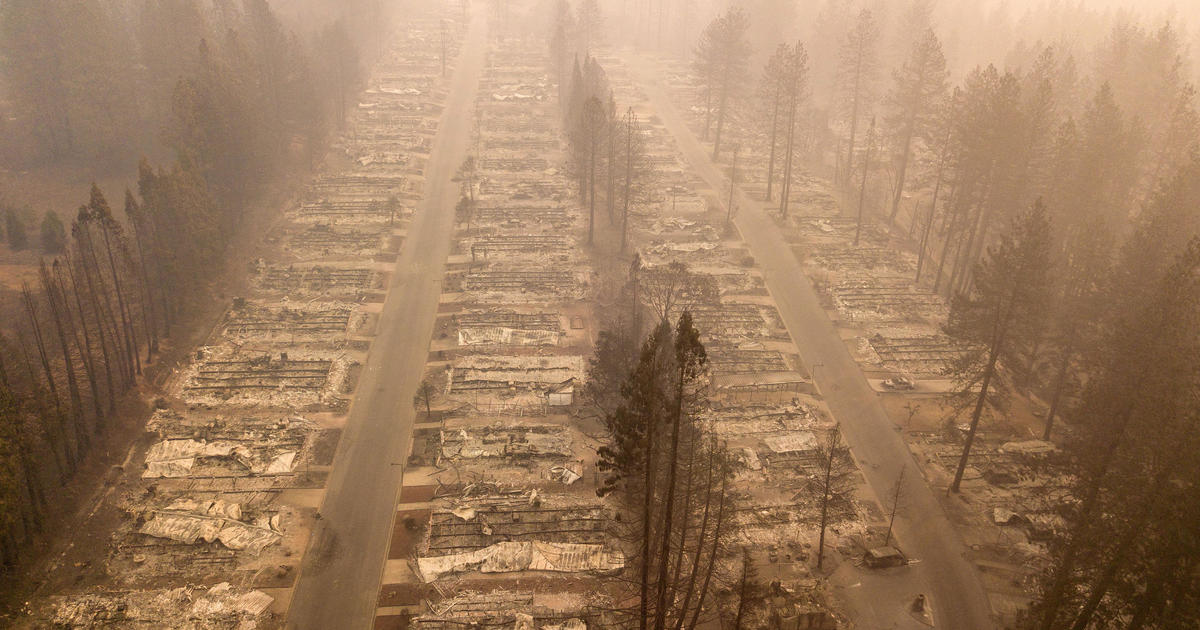
Billions of hours in productivity will be lost. Hundreds of billions of dollars will be wiped from the economy. Tens of thousands of people will die each year.
These are just some of the most grim predictions in the latest National Climate Assessment, a nearly 1,700-page report released Friday that warns about a world heading into complete chaos by the end of the 21st century.
The scientific report, which was produced by 13 federal agencies, describes an American future that is nothing short of apocalyptic due to rising threats from climate change. It suggests that no facet of life — whether it’s global trade, national security or personal health — will be safe. And it says every nightmare scenario will feed into another: The disasters from climate change will start to compound each other, as will the consequences.
An updated report is released every four years, and this latest version notes that human-made climate change isn’t the only factor expected to drive these dangers. Population growth, for example, will play a part in the tragedies predicted to happen by 2100.
But the new National Climate Assessment notes that some specific warnings from the previous assessment in 2014 — such as rising sea levels, disruptions in food productions and the spread of wildfires — have all come true today. And it warns that, without swift and immediate action, this is what Americans can expect in the coming decades:
Mass deaths every year
There are warnings throughout the report of health risks from climate change that, taken together, will total tens of thousands of additional premature deaths every year. Several cities, mostly in the Northeast and Southeast, are forecast to face new extremes in hot and cold days that could bring 3,900 to 9,300 deaths per year from 2080 to 2099.
The Midwest, the region projected to have the largest increase in deaths from extreme temperatures, could see 2,000 additional deaths per year by 2090, the report says.
Global food shortages
New temperature extremes, more frequent droughts and increased CO2 emissions have already been connected to shortages in crops like wheat, which then lead to higher prices for consumers. As these changes continue, it will be harder to produce wheat, corn, soybean, rice and other crops at the rates needed for a rising population. The report notes that higher temperatures and more precipitation could also lead to an increase in wheat, hay and barley in some regions. But overall, the yields from major U.S. commodity crops are expected to decline nationwide.
Economic devastation
The Trump administration says it is scaling back environmental regulations that are stunting economic growth. But the report says the eventual fallout from climate change will damage nearly every facet of the economy. Prices will soar and international trade will be disrupted. Up to two billion labor hours could be lost every year by 2090 due to temperature extremes alone, leading to an estimated $160 billion in lost wages, the report says.
The final result: An estimated loss of up to 10 percent gross domestic product by 2100. By comparison, that would be more than twice the 4.3 percent GDP loss of the Great Recession.
Crumbling infrastructure — and millions of hours waiting in cars
The destruction that climate change can bring to buildings, bridges, dams and transit systems racks up costs billions of dollars and usually takes years to repair.
But the report says that in parts of the U.S., including much of the Northeast and Southeast, the infrastructure for managing storms is already nearing the end of its life expectancy. Even new facilities are often not built to withstand climate changes that are decades away. That means that as floods, wildfires and hurricanes become more frequent, they will also become more devastating, causing greater property damage and more deaths when they strike, according to the report. These extreme weather events also make water and agriculture systems more vulnerable to toxins and bacteria.
And these problems won’t be easy to escape. One chart in the study predicts that by 2100, drivers in parts of the country could spend more than 625 million hours a year in their vehicle, delayed on roads flooded by high tides.
More mental health problems — and murders
Much of the report focuses of havoc climate change will wreak on systems and institutions. But it also makes clear that all of this takes a toll on mental health. People who survive extreme weather events and see their communities destroyed often suffer from depression, anxiety, suicidal thoughts and post-traumatic stress disorder. And those problems linger long after the destruction passes.
The report notes that droughts have led to a documented increase in alcohol and tobacco use, while higher temperatures bring out more aggressive behaviors, including an increase in homicides.

